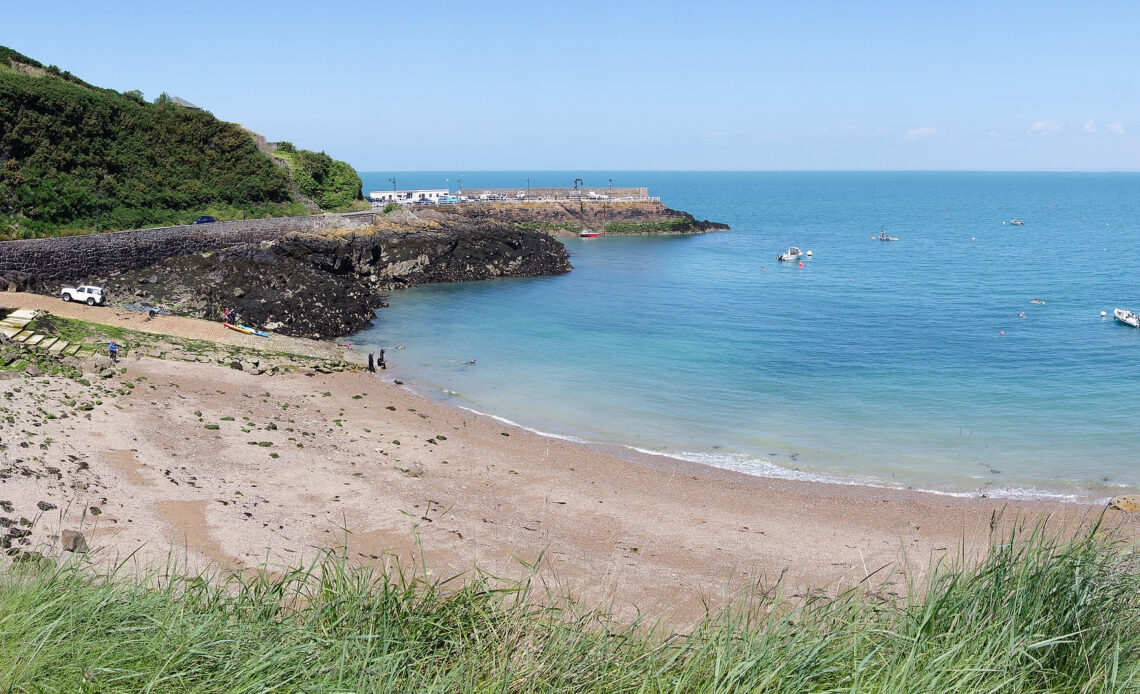
King Charles III and Queen Camilla are about to make their first visit to the Channel Islands since the accession and start of a new reign and they will encounter some special traditions there. Among them is a different way of addressing His Majesty. In Jersey and Guernsey, where the visit will take place, The King is known first and foremost by the title of Duke of Normandy. It’s an historic name that links Charles III back to the William who conquered England.
Who were the first Dukes of Normandy?
In the middle ages, the Duke of Normandy was the ruler of the Duchy of Normandy in northwestern France. In 911, the duchy came from a grant of land given to the Viking leader, Rollo, by Charles III, the Carolingian ruler of West Francia in a bid to stop the Viking onslaught. In 924 and 933, Normandy was expanded by further royal grants, and Rollo’s descendants continued to rule until 1135. In 1202, the French King Philip II declared Normandy a forfeited fief, and it was conquered in 1204 by Philip II’s army.
Rise of a powerful duke
There is no record of Rollo ever holding or using any title. However, his son and grandson, William I and Richard I respectively, used the titles “count” and “prince”.
The first recorded use of the title duke is in an act of favour of the Abbey of Fécamp in 1006 by Richard II. During the reign of Richard II, between 996 and 1026, the chancery of the new Capetian kings of France began to call the ruler “Duke of the Normans.” During the reign of Richard II’s grandson, William (1035 – 87), the ruler of Normandy had the choice of “prince, duke, and count of Normandy” if they were unsure what the title should be. The literal Latin equivalent of “Duke of Normandy”, dux Normanniae was in use by 1066.
Brothers at war
In 1066, William, Duke of Normandy conquered England and became King William. He was one of the most powerful people in western Europe. However, he chose to leave the Duchy of Normandy to his first son, Robert Curthose, and the Kingdom of England to his second surviving son, William Rufus. Robert later mortgaged Normandy to William in 1096. Four years later, their brother, King Henry I, conquered Normandy. Throughout the 12th century, it was largely held by the kings of England.
The Duke – our King
In the Channel Islands – the last remaining part of the former Duchy of Normandy to remain under the rule of a British monarch – off the French coast of Normandy, the British Monarch is known as the “Duke of Normandy.” The title stays as “Duke” even if the monarch is a woman, as was the case with Queen Elizabeth II.
During a visit to Normandy in May 1967, French locals began greeting Her Majesty and shouted “Vive la Duchesse!” to which The Queen reportedly replied, “Well, I am the Duke of Normandy!”
The title is used by the islanders, during their loyal toast and will be heard during Charles III’s first visit to the islands as Monarch. They will hail “The Duke of Normandy, our King”, or “The King, our Duke” or, in French “Le Roi, notre Duc“.

